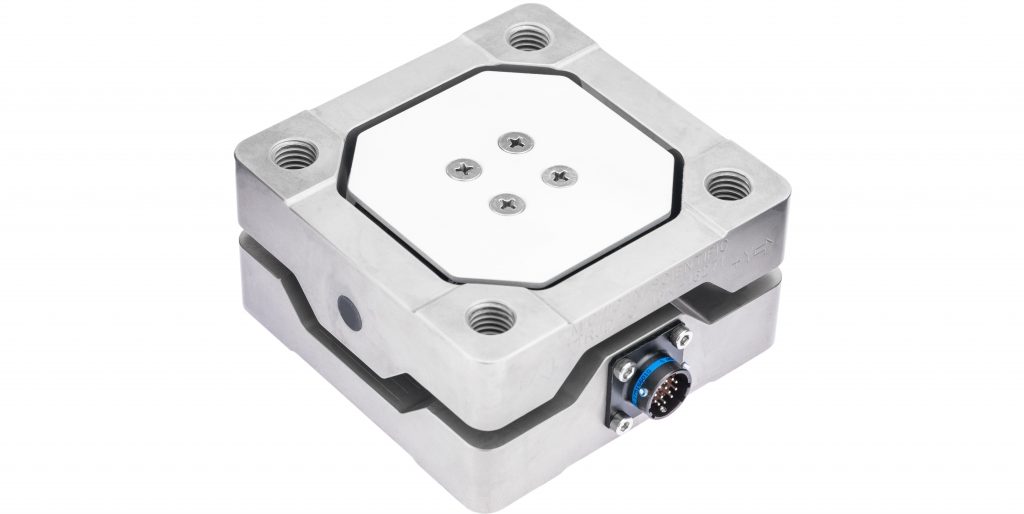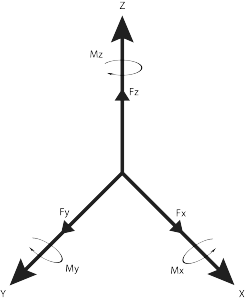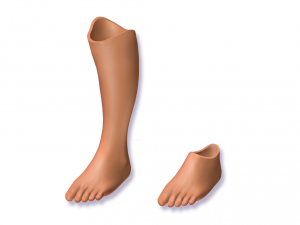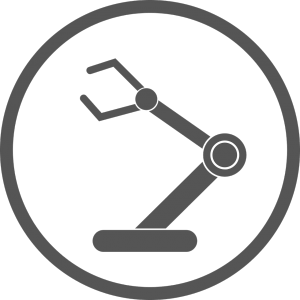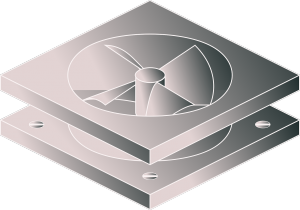Having the right tools for a job is essential for being able to get the desired results from a test. A single point load cell is used to measure forces in a single direction. For more complex force measurements, a multi-axis load cell becomes essential for obtaining results. The Michigan Scientific six axis load cell, TR6D-C-40K, has the ability to measure forces in six directions, meaning it can measure the X, Y, and Z axes, as well as the rotation around each axis. This means that a 6-axis load cell is capable of providing accurate measurements of both force and moments.
Load cells have a nearly unlimited variety of applications. Six axis load cell applications include, but are certainly not limited to:
Biomechanics/Orthopedics
Force feedback is a powerful tool used in the medical field. Six axis load cells are used for measuring forces in joint simulations, prosthetic limbs, and performance tests. Results from these tests allow professionals to make better assessments and generate solutions for those who need it.
Robotics
Robots are being used in factories and assembly lines to replace dangerous or monotonous tasks that previously required manual labor. Six axis load cells allow robots to sense forces in different directions, which means they can do more challenging or intricate jobs, including robotic gripping systems and product assembly.
Aerospace
Nearly every product in aerospace needs to be precisely measured. All components need to be closely monitored to ensure that there are no potential issues that could lead to a failure. Custom load cells are ideal for measuring critical mechanical features in aerospace products where reliability and precision are a necessity.
Automotive
The automotive industry continuously works to improve the quality of vehicles that are provided to customers. Multi-axis load cells are useful in testing a vehicle’s safety in crash, brake, and cornering tests. Vehicle performance and dynamics can be improved after analyzing the output of the load cell data.
Wind tunnel
Wind tunnels are another prime example of an application for 6-axis load cells; the 6 degrees of freedom (lift, draw, side-force, yaw, roll, pitch) are capable of being measured with the implementation of a load cell. The dynamic forces acting on land and air vehicles are able to be accurately measured when using multi-axis load cells in wind tunnel tests.
